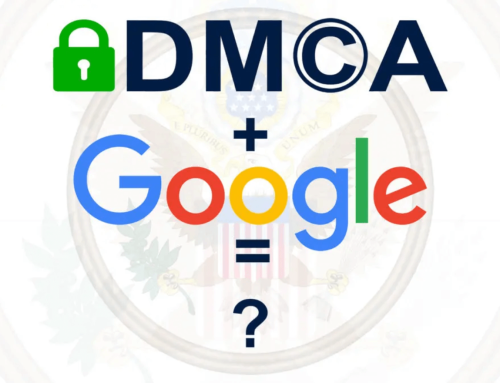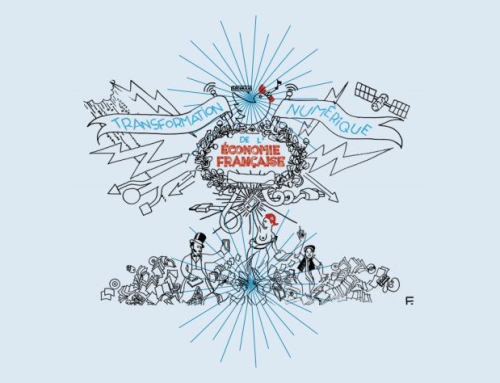Managing a portfolio of domains requires real skills, as shown in the example of Unilever and its brand portfolio: According to Wikipedia,
Unilever has more than 400 brands in the world, 13 of which have a turnover amounting to over 8 billion euros and more than a half a billion euros. Together, the top 20 Unilever brands represent approximately 70% of global sales.”
For this size of business, we understand why the management and the protection of domain names requires the intervention of specialized consultants, methods and policies, all of which are supported by Digital Governance (or e-government) policies.
But how does a small structure (a network of franchisees or Multi-Services) be effective in the management of their domain names? We present here a set of methods that will allow you to manage these assets and domain names and prevent the loss of the most strategic ones.
Here we are not talking about a utility to file, all possible extensions being in one place or registering your brand with typographical errors. This is your domain name policy (and your budget) that will define this …;-)
1/ Turn on automatic renewal
This may seem obvious, as the stakes are high (domain names used for your email / newsletter or for your e-commerce site, customer space etc.), it is essential to avoid any chance of human error effecting a domain name for example: renewal being during holidays or during an exceptional event.
2/ Create a ALIAS email for registrars account and Whois
In order to deals with absences and human unpredictability, it’s recommended that you provide an email called “Alias” to your registrar.
An ALIAS email is a generic email that will be used by several people. In the case of domain name issues (payment deadlines, renewal or outage, for example), several people will be notified which helps minimize risk.
So you can add as many people as you wish, for example: DSI / Marketing / Communication / Intellectual Property…
3/ Use tools like SNAP
The “Snap domain” tools are robots that will watch regularly the availability of domains names and will buy them for you (unless someone else is using another SNAP tool at a higher price …;-)
You have nothing to lose by launching SNAP robots on your own domain names, for additional insurance.
In case of a Registrar change, the initial configured options (eg auto-renewal) are lost and therefore the snap services act as an extra insurance. The cost is minor compared to the consequences of the loss of a domain name for the company and especially for the CDO (Chief Digital Officer) or DSI.
Some examples of SNAP services:
4/ Put “Domain Alerts” on your brands (kill four birds with one stone)
Service domain alerts notify you on a daily basis when specific domain names (containing specific words) are registered or when they become available.
With these services, you get:
- An additional warning when your domain names are about to expire
- Information on local initiatives from your network (brands, country or franchisees)
- Former domain names with value (SEO notoriety) that would be interesting to buy
- Clues on the initiatives of competitors or counterfeiters
Netnames or DomainTools which are providing these type of services.
5/ Use Google Webmaster Tool
As soon as your domain name will be disabled by your host (change of status to “delete” or “redemption”), your site will not be accessible. Google Webmaster Tool will send you an email within 48 hours with the subject line:
“[Webmaster Tools] http://www.monsite.fr/: Googlebot can not access your site”
In this case, the option are either:
- Your server is down
- Your server blocks google
- Your domain is no longer yours or has been wrongly redirected!
Be sure to add all your sites in your Google Webmaster Tool.
6 / Configure alerts for service outages
This is similar to Google Webmaster Tool alerts, but they are much faster (between 15 and 30 minutes after shutdown).
The robots pass every 15 or 30 minutes looking for the presence of a specific phrase on a defined URL. If, during the crawl, robots find a blank or a 404 page they trigger an alarm.
Some tips for using these services:
- Get them out of your statistics by identifying their User Agent
- Use them to measure the performance of your service providers as part of the SLA Service Level Agreement (time contractual availability of the website by monthly or quarterly) or under contractual response time during power services
Example of monitoring services: http://mon.itor.us
The management of domain names is a critical issue for companies and concerns all departments (Marketing, Communication, IT, CDO, PI and legal). These recommendations will allow you to achieve a good level of performance on the subject and will provide a good foundation stone to your Digital Governance.




